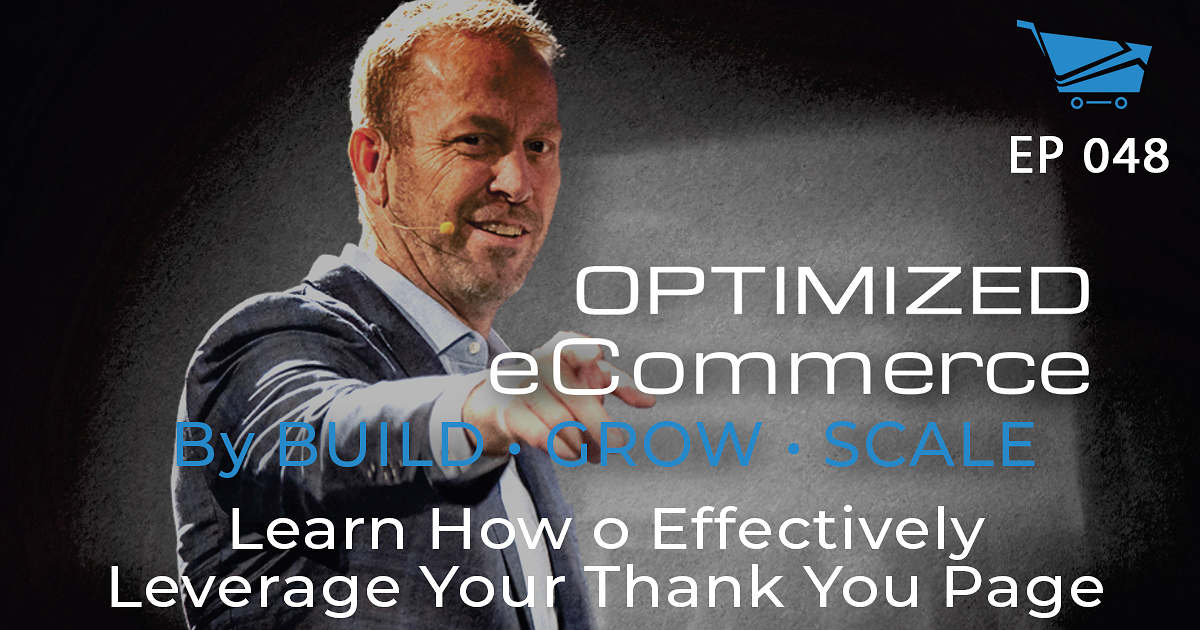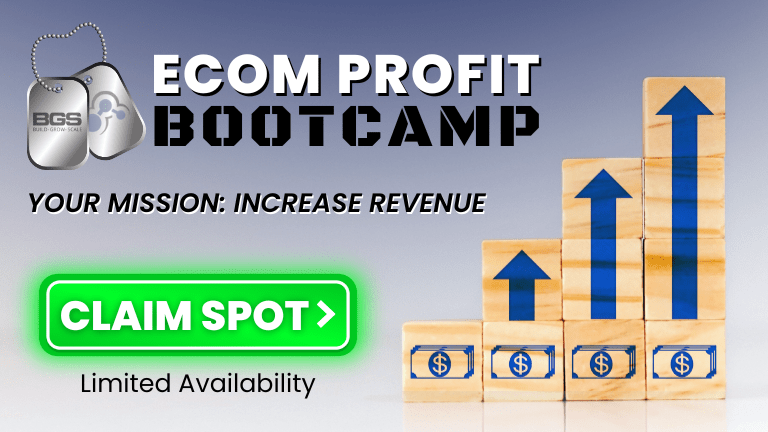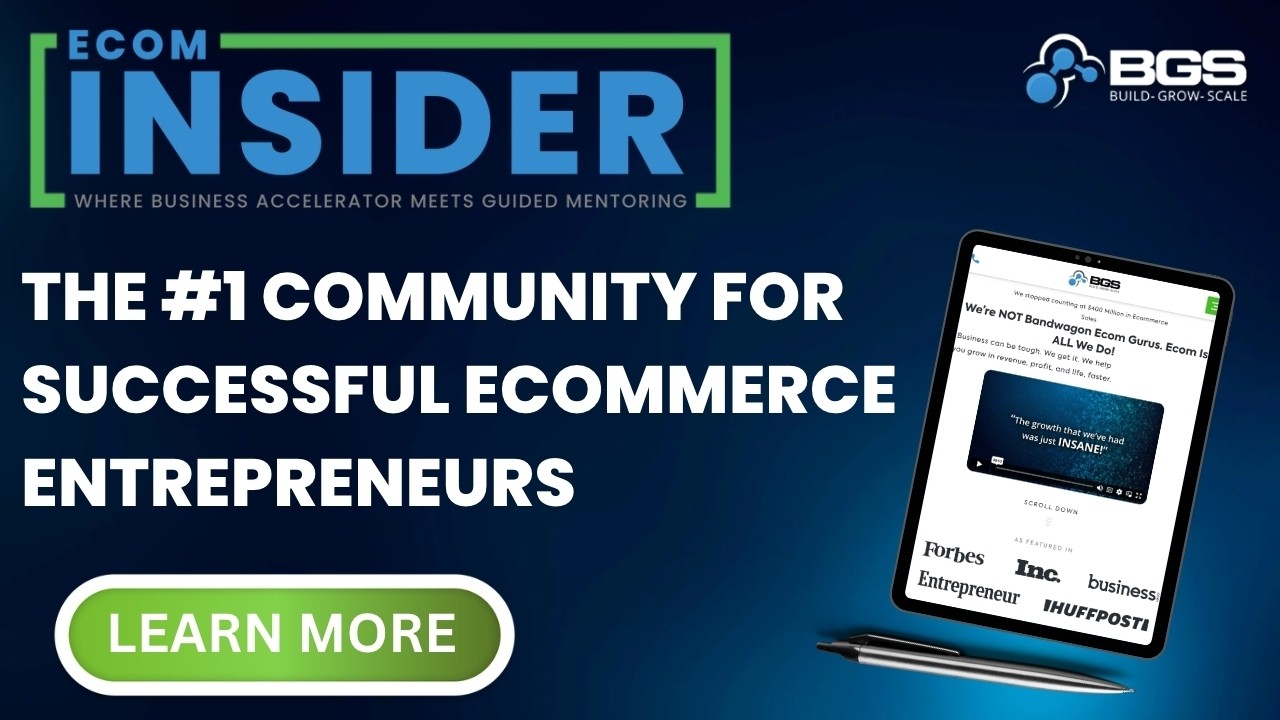Optimized Ecommerce EP 048 – Learn How to Effectively Leverage Your Thank You Page

Welcome to Episode 048 of Optimized Ecommerce – Learn How to Effectively Leverage Your Thank You Page. I’m your host, Tanner Larsson, CEO of BGS.
BGS means Build Grow Scale! It is a community that we founded where eCommerce entrepreneurs and physical product sellers come to learn how to take their businesses to the next level.
Returning to the show is Daniel Escobar—one of the BGS Revenue Optimization Experts. Daniel has been with the BGS team for a few years now. He works with some of our biggest amplified partner stores.
Daniel is the revenue optimization expert who is in the trenches every day—figuring out different things to test, improve, tweak, optimize, and fix on the many ecom stores we serve. One of the things Daniel excels at is leveraging information from the customer to improve the sales process on the front end for new customers and repeat customers. He will surely WOW us with his knowledge today.
Here’s just a taste of what we talked about today:
Daniel discussed the importance of asking the customer the right questions.
Asking the right questions is important because most stores have blind spots. There are many aspects in the store that may not work on the customer’s end and may only be resolved by allowing customers to share their own perspectives.
Asking the appropriate questions allows store owners to gather good data and identify what needs to be improved to provide more value to the customers.
Then, we talked about the kinds of questions that should be asked on the thank you page.
There are multiple ways to improve the conversion rate of a store as well as the overall revenue. One way is to reduce “friction”. That relates to people who may have fears, uncertainty, or doubts. Those elements must be identified in order to provide a solution.
Some examples of toll questions to ask on your thank you page include:
- What was your customer’s biggest fear when buying from your store?
- Do your customers have any questions about your store’s processes?
- Why did your customer pick to buy from your store over the competition?
- What made your customer almost not make the purchase in your store?
We also discussed a few other fun topics, including:
- The best question format on the thank you page.
- Examples of some unexpected answers Daniel got in the past.
- How to create a poll using Lucky Orange?
But you’ll have to watch or listen to the episode to hear about those!
How To Stay Connected With Daniel Escobar
Want to stay connected with Daniel? Please check out their social profiles below.
- LinkedIn: Linkedin.com/in/daniel-escobar-londono/?locale=es_ES
- Facebook Profile: Facebook.com/DanielEscobar97
Resources
Also, Daniel mentioned the following items on the show. You can find that on:




